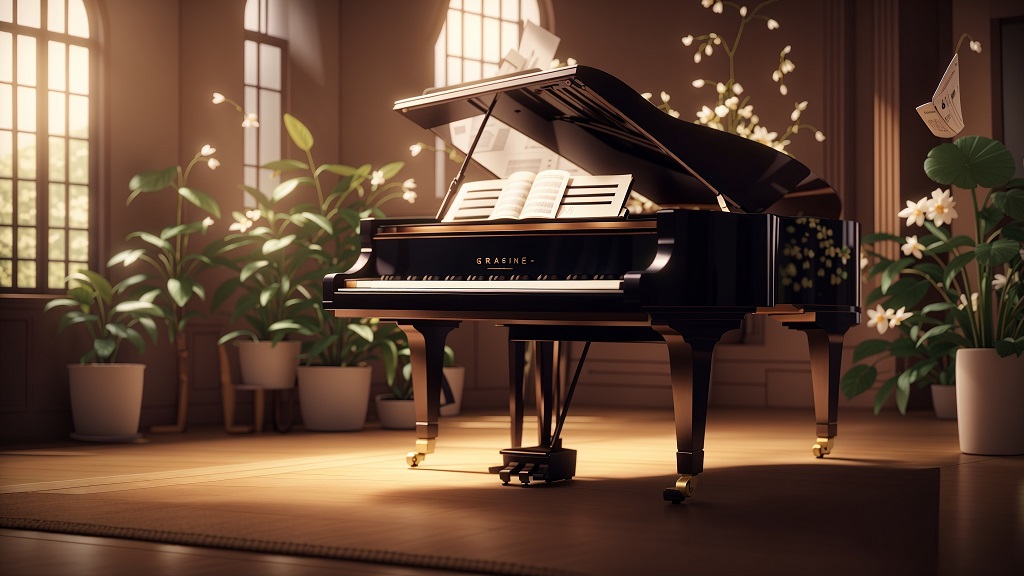Why was it called Pianoforte?

I always wanted to play the piano, but I never had the chance to learn or didn’t try hard enough to learn it. But that won’t stop me from reading and talking about the piano’s history. I recently had the chance to talk to one of my friend Sandeep Boniface about piano, and our conversation inspired me to write this article.
The piano is a keyboard instrument that produces sound when pressed on the keys, originally known as the Pianoforte.
Pianoforte is the Italian word for “soft-loud”. The term Pianoforte originated from the use of Latin expressions in music terminology. Across the globe, musical expressions and technical terms are universally written in Latin, irrespective of the country or region.
In Latin, piano means soft, and forte means loud. Therefore, the term Pianoforte essentially refers to an instrument capable of producing both soft and loud sounds. The name reflects the piano’s unique ability to vary the volume and intensity of the sound it produces based on how the keys are played.

Image Source: Wikipedia
This is a picture of harpsichord. The harpsichord is a instrument that was popular around the 16th to 18th centuries.
Mozart, a renowned Classical composer, used instruments like the harpsichord for his compositions. The harpsichord is a keyboard instrument similar to the piano in appearance, but it lacked the ability to produce varied dynamics. Regardless of how hard or soft the keys were pressed, the harpsichord produced the same volume, leading to a monotonous sound.
Performing emotional or romantic pieces on the harpsichord proved challenging due to its limited expressive capabilities. Despite the composers’ creation of exceptional compositions on this instrument, they faced challenges in fully expressing the entire range of emotions in their music.
In the 17th century, a significant development occurred with the invention of the piano by a man named Christoph Christophery, also known as Bartholomew Christopher. He named his invention the “fortepiano” or, at times, referred to as the “pianoforte.” Both are simply different abbreviations used by Christoph.
The piano’s introduction revolutionized the music world as it allowed musicians to express emotions and feelings through the instrument’s touch response. By varying the touch between soft and loud, pianists could bring out the emotions in their compositions.
The piano’s invention led to a decline in the popularity of the harpsichord since musicians and composers embraced the new instrument for its expressive capabilities and versatility.

At 41 years old, my dream of playing the piano is still very much alive!
Acknowledgments
I would like to extend my deepest gratitude to my dear friend Sandeep Boniface for introducing me to the history of music. Thank you for sharing your insights.
